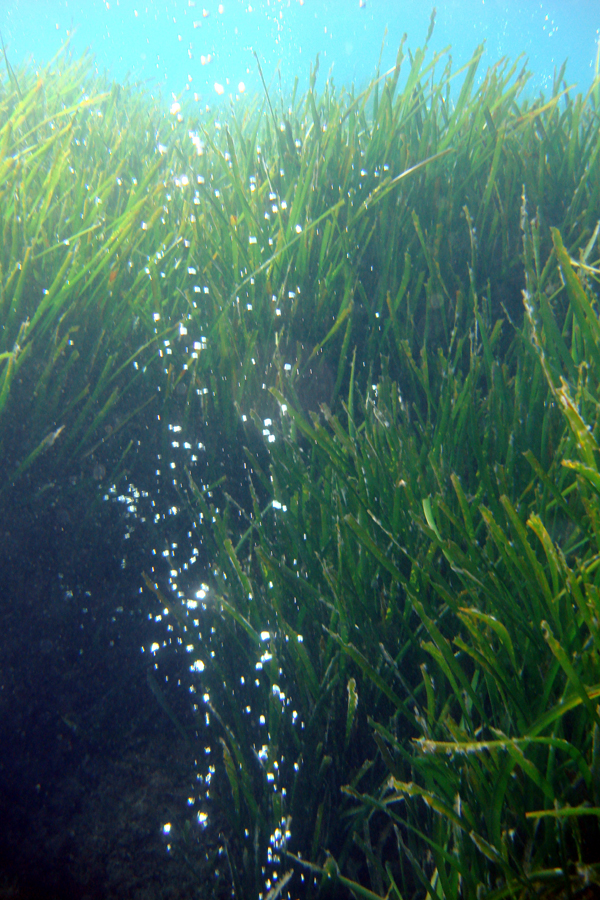I guess the funniest thing I ever saw was a person driving down the highway in a Toyota Prius smoking a cigarette with the windows closed. It was like they were telling me, “I respect your atmosphere but not mine.” That got me thinking, does human generated, gaseous, atmospheric pollution actually make up a significant part of the total atmosphere, and can it possibly affect it?
The post On the finiteness of the atmosphere appeared first on OUPblog.
Within a year, we have been able to see our solar system as never before. In November 2014, the Philae Probe of the Rosetta spacecraft landed on the halter-shaped Comet 67P/Churyumov-Gerasimenko. In April 2015, the Dawn spacecraft entered orbit around the largest of the asteroids, Ceres (590 miles in diameter), orbiting between Mars and Jupiter. And in July, the New Horizons mission made the first flyby of the dwarf planet Pluto, making it the most distant solar-system object to be visited. Other spacecraft continue to investigate other planets.
The post What makes Earth ‘just right’ for life? appeared first on OUPblog.
By Jean-Pierre Gattuso and Lina Hansson
The impact of man’s fossil fuel burning and deforestation on Earth’s climate can hardly have escaped anyone’s attention. But there is a second, much less known, consequence of our carbon dioxide (CO2) emissions. A large part of human-caused CO2 is absorbed by the world’s oceans, where it affects ocean chemistry and biology. This process, known as ocean acidification, is also referred to as “the other CO2 problem”.

Natural laboratory at Ischia, gulf of Naples. CO2 bubbles rise from the sea floor leading to low-pH zones where the impacts of ocean acidification can be investigated. Photo courtesy of Jason Hall-Spencer (University of Plymouth).
The oceans, covering 70% of Earth’s surface, provide a number of services to human society such as oxygen production (50% of the oxygen available in the atmosphere is produced by the oceans), source of food, income and recreation, and play a major role in the regulation of Earth’s climate. In fact, one fourth of human-caused carbon dioxide (CO2) emissions are absorbed by the oceans, translating into 24 million tons of this greenhouse gas taken up by the oceans each day. Around one third of our emissions are absorbed by the terrestrial vegetation while roughly 45% remain in the atmosphere, where their accumulation leads to climate change. It is not hard to imagine the consequences if the oceans were too lose their ability to take up part of the anthropogenic CO2 released. But what is the result of adding increasing amounts of CO2 to the ocean? A perturbation of the very chemistry of seawater — a phenomenon known as ocean acidification.
Carbon dioxide — an acid gas
The dissolution of CO2 in the ocean provokes an increase in hydrogen ions (H+), measured on the pH scale, and thus in its acidity. However, it is important to keep in mind that the oceans will never become acidic (their pH will never decrease beyond 7). The term “ocean acidification” reflects the fact that seawater pH is decreasing, and thus its acidity is increasing. The average pH of global surface waters is currently 8.1, which is 0.1 unit lower than at the onset of the industrial revolution 250 years ago. Such a small change might seem negligible, but the pH scale is logarithmic, much as the Richter scale used to measure the magnitude of earthquakes. The logarithmic nature of the scale makes this 0.1 unit change equivalent to a 30% increase in acidity. If the current CO2 emissions continue unabated, the acidity will have increased by 150% by 2100.
Impacts on marine organisms and ecosystems
The oceans are home to a myriad of species and are one of the largest sources of biodiversity on Earth. Although the research on ocean acidification is still in its infancy, results now begin to reveal a more complete, and complex, picture of the potential impacts on the marine flora and fauna. One of the most likely consequences, and the first to be discovered some 15 years ago, is the problem that organisms producing calcified structures might experience in a high-CO2 ocean. As pH drops, sea water contains less carbonate ions, a critical building block for organisms producing shells or skeletons made of calcium carbonate. This might lead to difficulties in calcification (production of these calcium carbonate structures) and perhaps even to dissolution of existing calcareous parts. Laboratory studies have shown decreases in the rate of calcification that could reach 30 to 50% in some marine or



